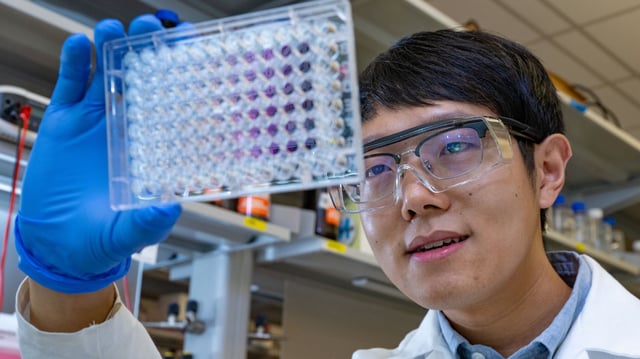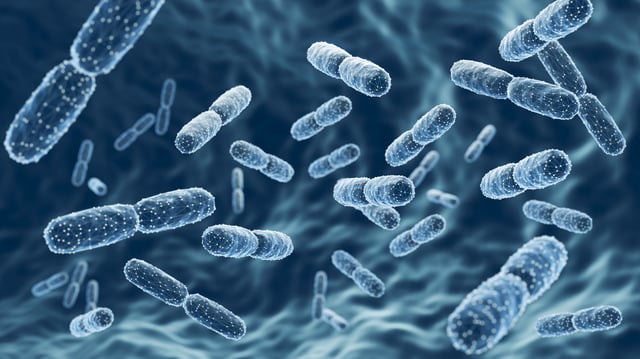Overview
- A custom biosensor built in a heterologous bacterium achieved sensitivity thousands of times higher than conventional methods to detect the unstable K2 precursor.
- Initial mathematical models assuming unlimited substrate failed to match experiments until substrate depletion was incorporated, exposing a natural production ceiling in L. lactis.
- Rearranging the order of enzyme-encoding genes altered precursor levels, revealing an additional genetic layer that constrains biosynthesis output.
- By simultaneously adjusting substrate availability, enzyme expression and gene order, researchers increased precursor output above the bacterium’s inherent cap in laboratory tests.
- The proof-of-concept study, published in mBio on Aug. 11, outlines potential microbial fermentation or probiotic strategies for sustainable vitamin K2 production, though scale-up and regulatory steps remain.

